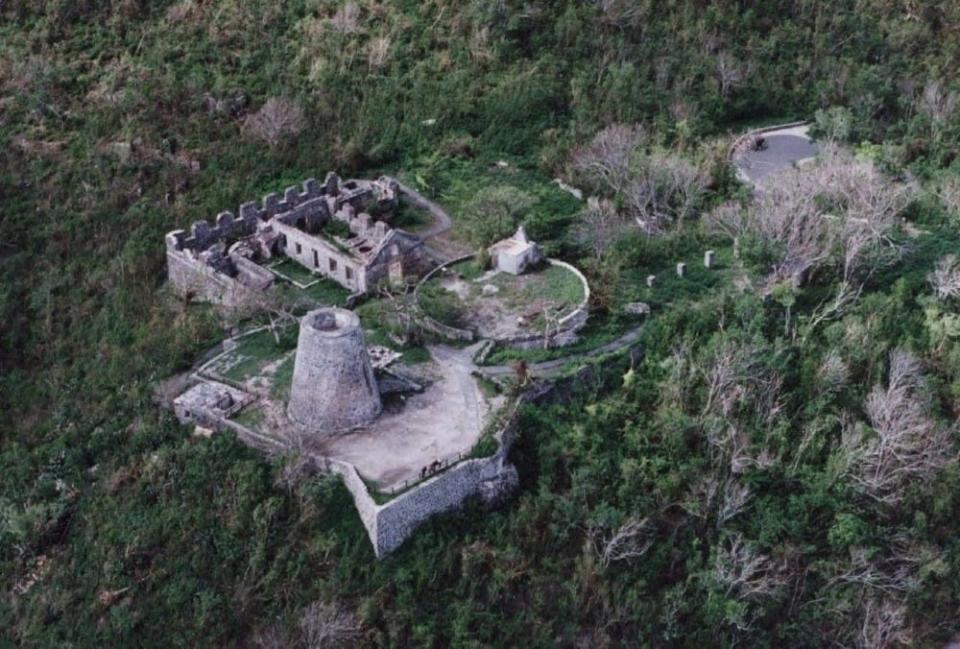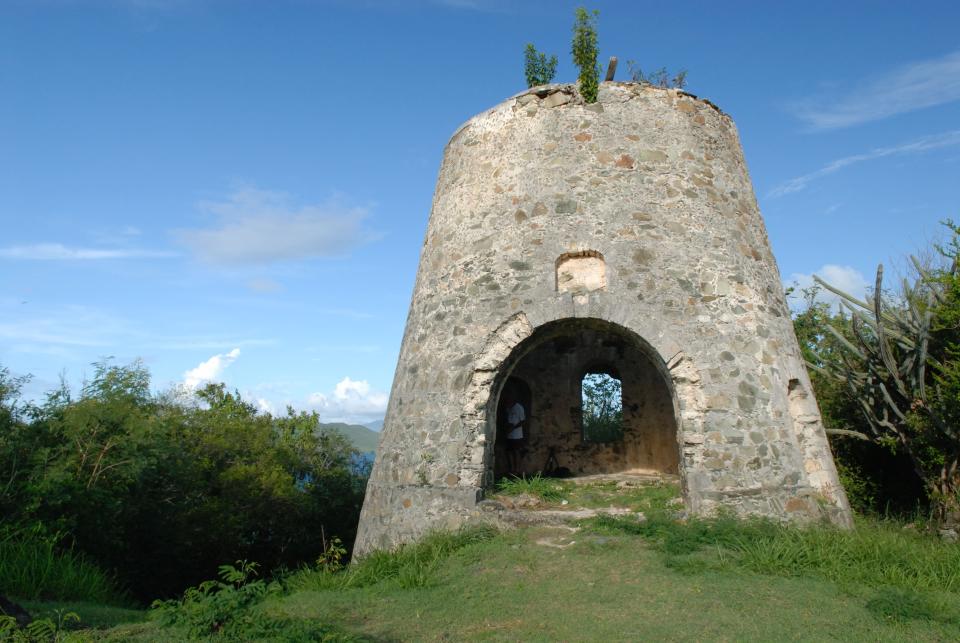Stunning beaches and an ugly past: What travelers discover at Virgin Islands National Park
With turquoise waters and white sand shores, Virgin Islands National Park has some of the most beautiful beaches in the world.
“The viewscapes out here are really truly amazing,” said Ahmad Touré, Visitor Services program manager at Virgin Islands National Park and Virgin Islands Coral Reef National Monument.
But there’s so much more to the park on St. John, which was part of the Danish West Indies before the U.S. purchased it from Denmark in 1917, along with St. Thomas and St. Croix.
“As the program manager for the Interpretive team, we're making sure that we are helping to share with visitors a holistic understanding and perspective of enslavement in the Danish West Indies and also how that differed from slavery in the continental U.S. and also the island’s Indigenous history,” Touré said.
Here’s what travelers should know about Virgin Islands National Park, the latest park in USA TODAY’s yearlong series.
Where is Virgin Islands National Park?
Virgin Islands National Park is located on St. John, the smallest of the three U.S. Virgin Islands.
“Most of the island is the national park,” Touré said.
To get there, visitors can fly or cruise to neighboring St. Thomas, which has the nearest airport, and then take a ferry to St. John.
What is the main attraction of Virgin Islands National Park?
Virgin Islands National Park is famous for its unspoiled beaches.
But visitors will also find remains of plantations from the 18th and 19th centuries when St. John was still under Danish rule.
“We recently put a commemorative plaque at the peak of Ram Head to commemorate the Revolution of 1733,” Touré said. “It was one of the first successful revolutions by enslaved people in the Western Hemisphere. They were able to hold the island for about six to nine months.”
Who originally inhabited the Virgin Islands?
Touré said the Ciboney, Igneri, Taino, Arawak and Kalinago peoples are all tied to the islands. The Kalinago are still present in Dominica, and Touré said many Puerto Ricans today have Taino DNA.
“We'll hear a lot of (park) visitors that'll say like, ‘Oh, yeah, the Taino are extinct,’ and when we're talking about them in our programming, they'll ask if their descendants are still around,” Touré said. “Just even learning about those types of facts is really eye-opening and a change of perspective for people.”

How much does it cost to go to Virgin Islands National Park?
There is no entry fee for Virgin Islands National Park.

Do you need a passport to go to Virgin Islands National Park?
U.S. citizens do not need passports to visit the park. The U.S. Virgin Islands are a U.S. territory, like Puerto Rico and Guam.
“Part of our interpretation is making sure that people are understanding the contextual reality of the U.S. Virgin Islands being a territory of the United States,” Touré said. “That's also why we encourage (visitors) – even though they're coming on our programs and talking to us – go out and interact with the locals. Get information from the locals as well. Support the local businesses and communities, not necessarily only people that transplanted here to make businesses, but actual local people and ancestral St. Johnians and Virgin Islanders.”
“St. Johnians are just a really strong and vibrant people. They really care about this island,” Touré added. “If you come here with an open mind and open heart, they will welcome you and they will make sure that you're taken care of.”
How long to spend in Virgin Islands National Park
“You can drive around this island in a day, but realistically, I would recommend that if somebody really wants to get a good taste of St. John to at least spend two or three days,” Touré said, adding that the park’s busy season runs from the beginning of November through April.
Hurricane season is the offseason.
This article originally appeared on USA TODAY: Virgin Islands National Park wants us to go beyond its famous beaches

